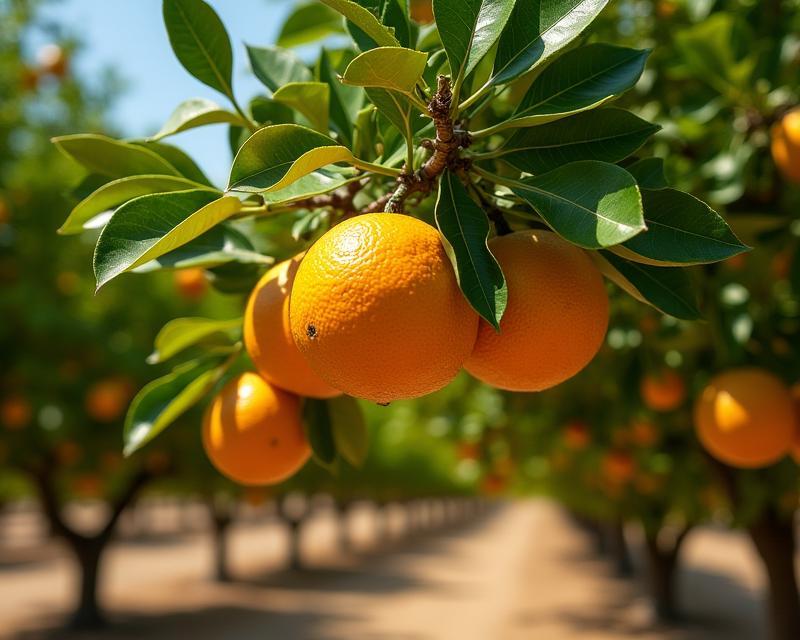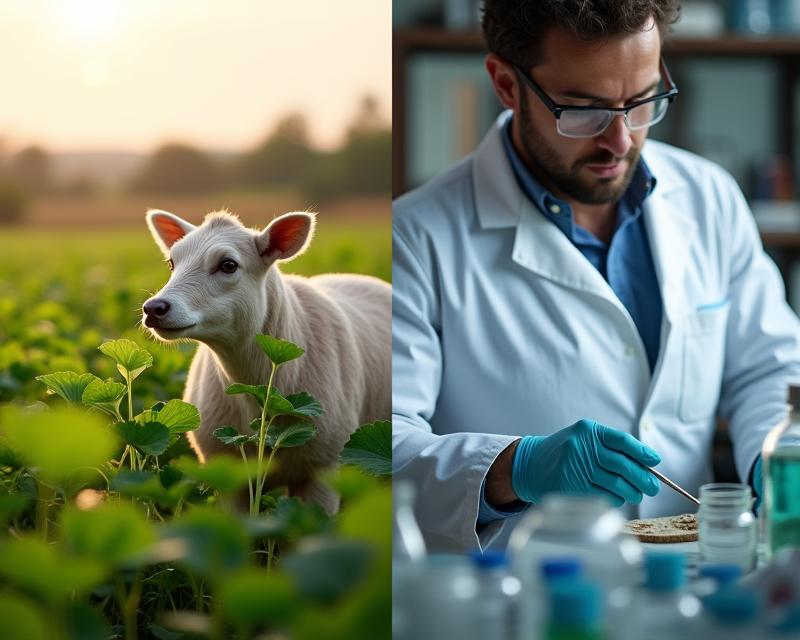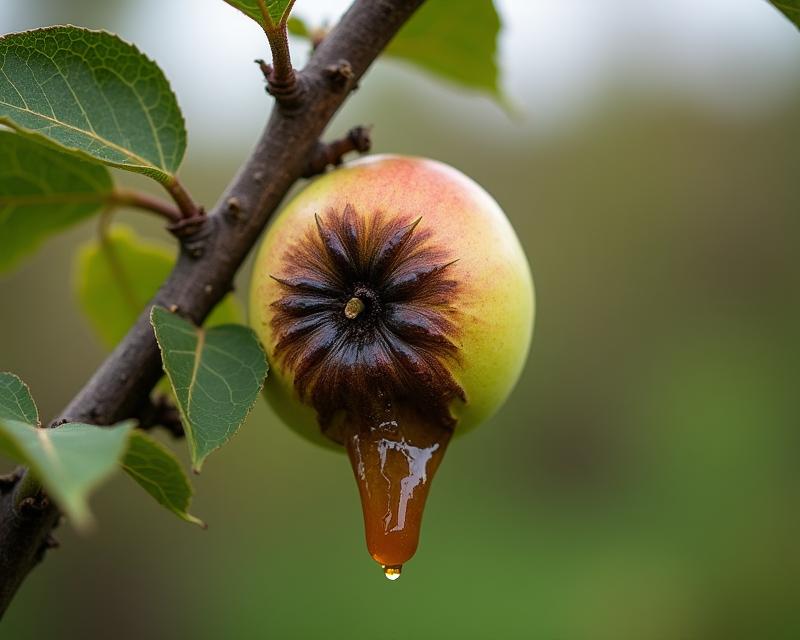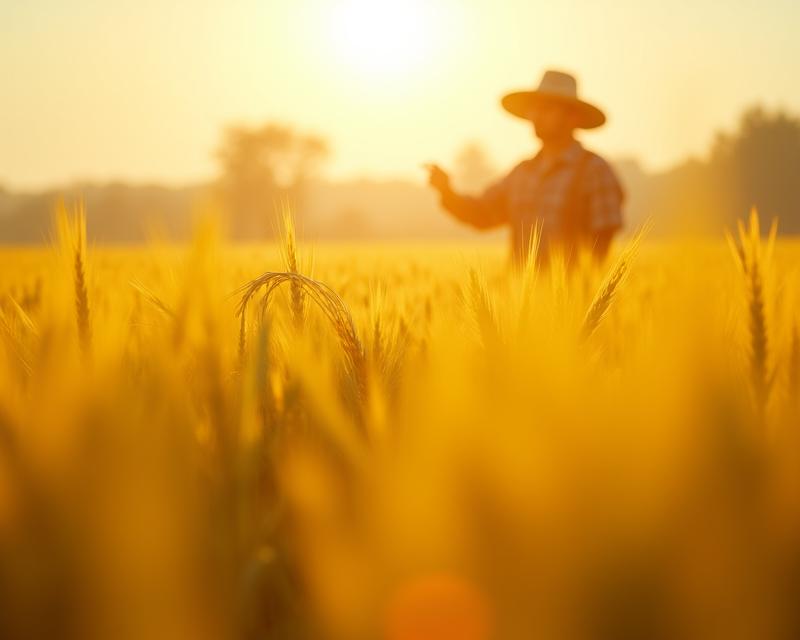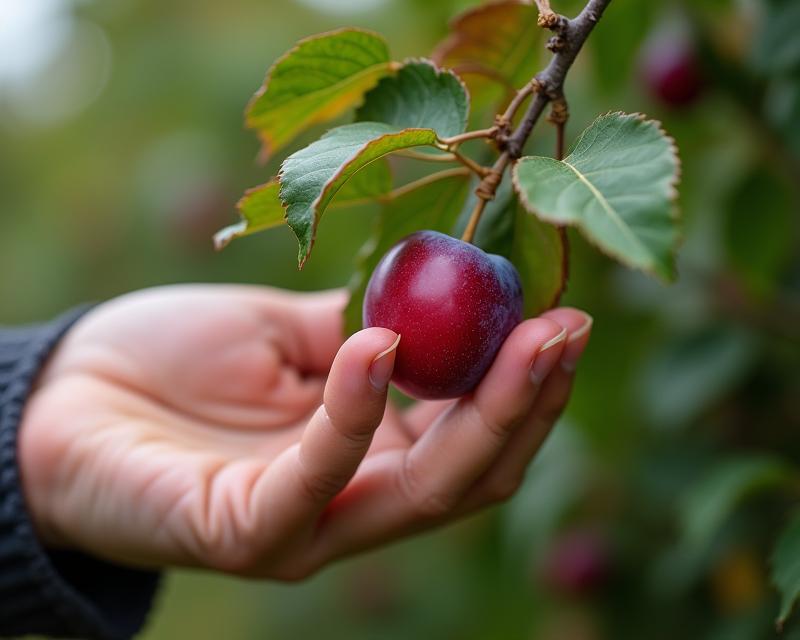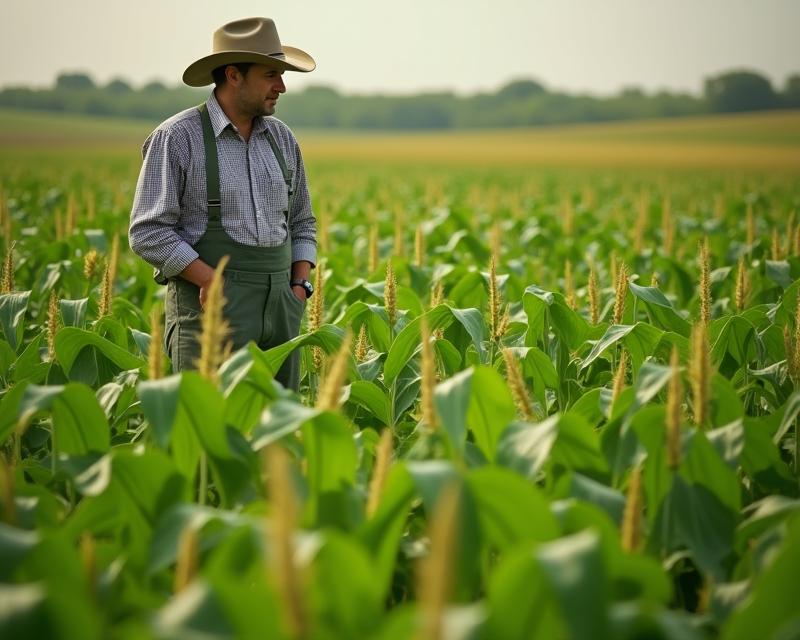Post-Harvest Storage: Maximize Crop Shelf Life
Publish in Crops el 28/06/2025 22:22
Post-Harvest Storage: Maximizing Crop Shelf Life
Harvesting crops is a culmination of months of hard work and careful planning. But the journey doesn't end with bringing the produce in from the field. Proper post-harvest handling and storage are crucial to preserving quality, minimizing losses, and maximizing profits. Ignoring these steps can lead to spoilage, reduced market value, and ultimately, financial setbacks for farmers.
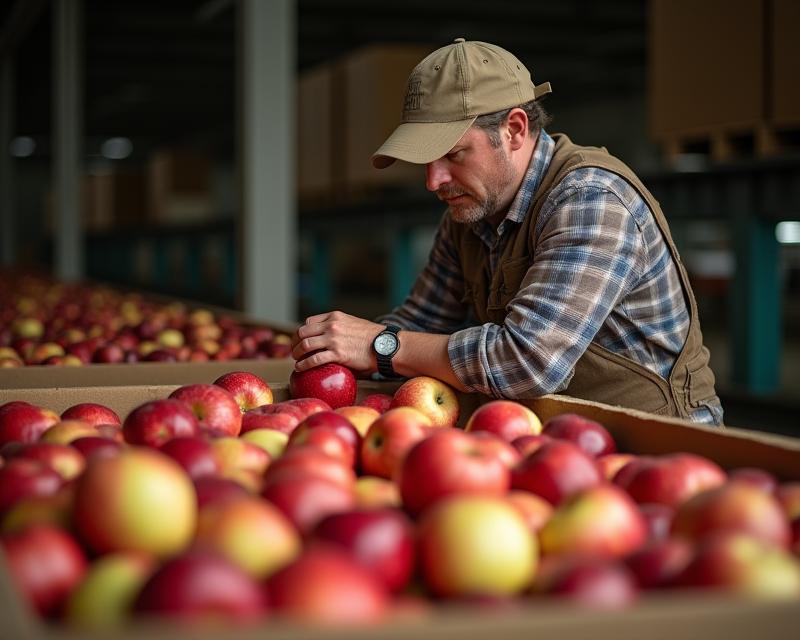
Understanding Post-Harvest Losses
Post-harvest losses occur at every stage from harvest to the point of consumption. These losses can be attributed to various factors, including physical damage, biological decay (fungi, bacteria), physiological deterioration (respiration, dehydration), and pest infestations. Understanding the specific vulnerabilities of each crop is the first step in developing an effective post-harvest strategy. Different crops have different storage requirements, so a one-size-fits-all approach simply won't work.
Key Storage Methods
Several storage methods are available, each suited to different crops and storage durations. These include:
- Cool Storage: Lowering the temperature significantly slows down respiration and enzymatic activity, extending shelf life. This is ideal for many fruits and vegetables.
- Controlled Atmosphere (CA) Storage: CA storage involves manipulating the levels of oxygen, carbon dioxide, and nitrogen in the storage environment to further slow down ripening and senescence.
- Modified Atmosphere (MA) Packaging: Similar to CA storage, MA packaging uses specialized films to control the atmosphere around the produce, extending its freshness.
- Dry Storage: Suitable for crops like potatoes and onions, dry storage relies on maintaining appropriate temperature and humidity levels to prevent sprouting and decay.
Best Practices for Optimal Storage
Regardless of the storage method used, certain best practices are essential. These include:
- Gentle Handling: Minimize bruising and physical damage during harvesting and handling.
- Proper Ventilation: Ensure adequate airflow to prevent the buildup of ethylene gas, which accelerates ripening.
- Temperature and Humidity Control: Maintain optimal temperature and humidity levels specific to each crop.
- Regular Inspection: Inspect stored crops regularly for signs of spoilage and remove any affected produce promptly.
- Sanitation: Maintain a clean and sanitary storage environment to prevent pest infestations and microbial growth.
